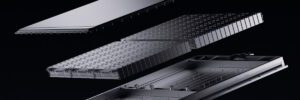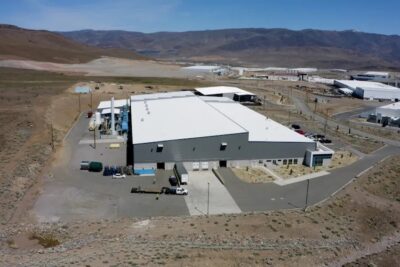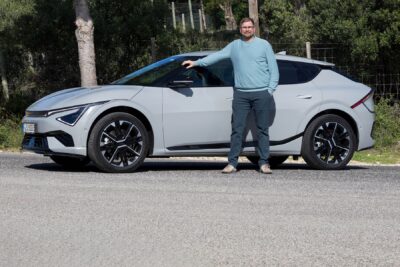Tesla is giving its popular Model Y a fresh update, and it’s called the “Juniper” version. Reports suggest that production might start as early as January 2025, making it one of the most exciting Tesla projects to look forward to next year. Let’s break down what makes this updated version so special!
A Brand-New Look
The Model Y Juniper is getting a major design upgrade. Here’s what’s new:
-
Slimmer headlights to give the car a sharper, modern look.
-
A new rear design with a glowing LED light bar that stretches across the back.
- Better aerodynamics to make the car smoother and more efficient, which could help it go farther on a single charge.
These changes make the Model Y Juniper not just stylish but also practical for everyday driving.
A More Comfortable Interior
Tesla is also focusing on making the inside of the car more luxurious and user-friendly.
- The dashboard and center console are getting a makeover, using better materials for a more premium feel.
- Cool features like ventilated seats and a screen for backseat passengers could make long trips even more enjoyable.
It’s all about making sure you’re comfortable, whether you’re driving to work or heading out on a road trip.
Smarter and Safer Technology
Tesla is famous for its tech, and the Juniper update is no exception:
- The car will come with Tesla’s latest self-driving features. These upgrades make the car smarter at recognizing roads, obstacles, and even pedestrians.
- Improved cameras and sensors will add an extra layer of safety, so you can feel even more secure behind the wheel.
Better Performance
Tesla is rumored to be including a bigger battery, which could mean the car will travel farther before needing to recharge.
- Suspension upgrades are also expected, making the ride smoother and more comfortable for everyone in the car.
Whether you’re driving through the city or exploring the countryside, the Model Y Juniper is built to perform.
When Can You Get It?
According to reports, production might kick off as early as January 2025. The updated Model Y is expected to be available in the U.S. first, with other regions like Europe and Asia to follow soon after.
Why It’s a Big Deal
The Model Y is already one of the world’s most popular electric SUVs, and the Juniper update is set to make it even better. With its new design, smarter tech, and improved performance, it’s perfect for anyone looking to upgrade to a stylish, high-tech electric vehicle.
If you’re excited about the future of electric cars, the Tesla Model Y Juniper is definitely one to watch. Keep an eye out for more updates as production gets closer!
Source: Car News China.










